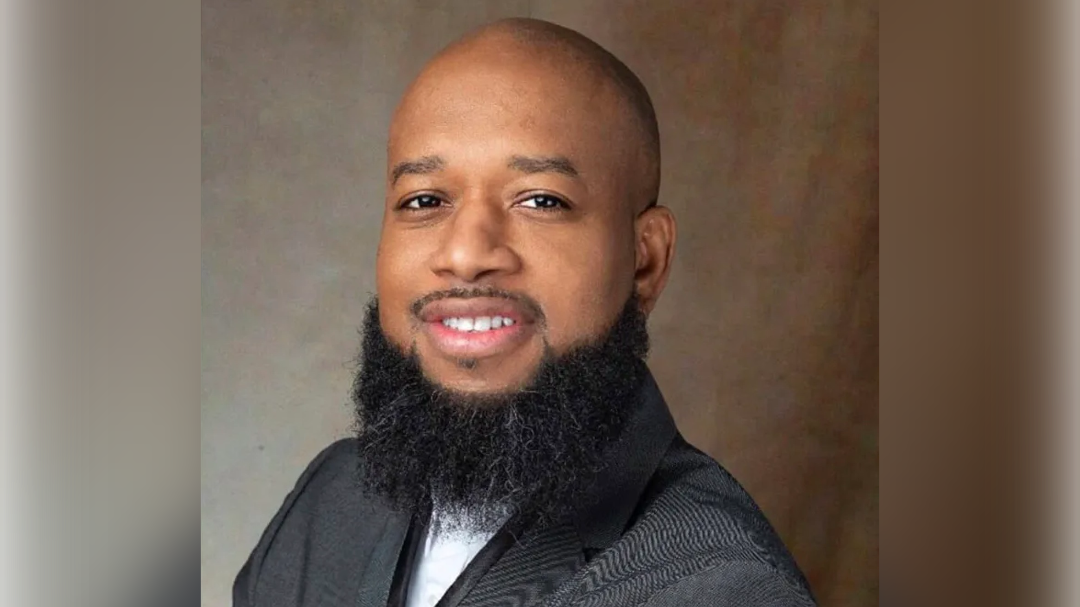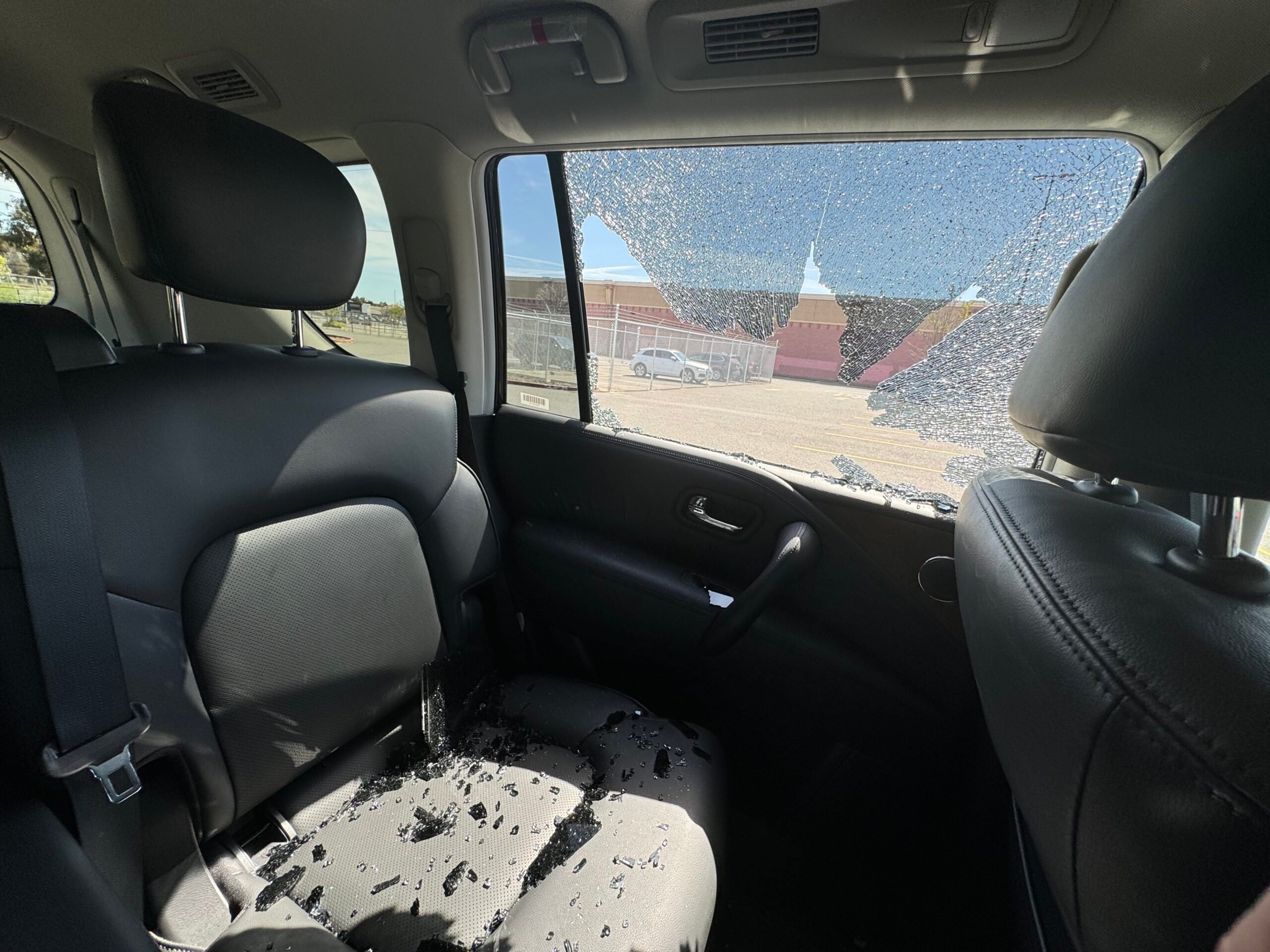SPONSORED CONTENT BY 
The construction industry continues to face serious challenges including labor shortages, material price increases and supply chain issues. As a result, the surety industry is experiencing an increase in contractor failures. General contractors, large subcontractors and owners should understand the surety claims handling process, and understand the critical role they can play in claim resolution.
When a subcontractor or general contractor ceases operations, the surety has two main concerns; claim exposure related to completion of the project according to the specifications, and claim exposure related to payment of all subcontractors and suppliers.
Surety Must Investigate
When claims do arise, sureties have a legal obligation to investigate them. Each state has different statutory and regulatory requirements regarding the investigation and handling of claims. State insurance departments also have fair claim settlement regulations that mandate fair investigations and prompt, fair and equitable settlements.
Within these varying (by state) guidelines, the surety’s investigation generally involves:
- Information gathering – collect information and documentation from the claimant and principal to help determine the scope of the claim according to the state’s applicable laws and regulations.
- Information analysis – evaluate and verify liability and damages to determine the validity of the claim.
- Claim strategy – establish the claim strategy—the principal’s participation and cooperation is key in determining the strategy.
- Claim evaluation and reserving – evaluate, establish and document the claim reserve which is necessary for any loss payment.
- Claim resolution – opportunity for the principal to resolve and determine whether to pursue a legal action or a negotiated settlement.
A principal plays a critical role in the process and claim resolution. Early and frequent communication directly affects a surety’s ability to resolve a claim. The principal’s role includes:
- Inform – provide information and documentation to assist in the surety’s investigation
- Engage – work with the surety claims personnel and consultants to resolve issues and mitigate exposure
- Resolve – work with claimants to resolve claims
- Collateral – provide surety with collateral upon demand
- Tender – defend surety in litigation
- Indemnify – reimburse surety for any loss incurred
Avoiding Double Payment
General contractors generally manage payment bond risk well. By implementing good administrative measures, such as withholding payments from a nonperforming subcontractor or entering into joint check agreements with lower-tier subcontractors and suppliers, general contractors can avoid “double payment” liability. Potential for the risk can exist when a general contractor issues payment to the failed subcontractor, who doesn’t then make payments to the lower-tier subcontractors and suppliers, who can then file a payment bond claim. While general contractors can lessen the likelihood of double payment, the risk can’t be totally eliminated.
Be Proactive
The risk of contractor failure remains high during these turbulent times. General Contractors must continue to manage that risk. But challenging times require that contractors understand, and effectively manage the claims process. Contractors should partner with a surety that recognizes the principal’s critical role in the process and values, and leverages the principal’s participation in the claims resolution process. As with any trusted relationship, communication and transparency are key to successfully navigating the process and minimizing the risk of loss.










